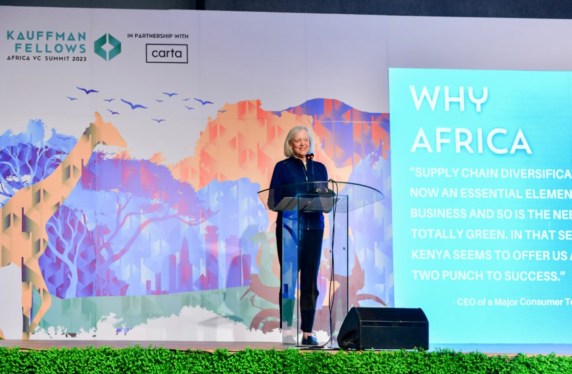In today’s fast-paced business landscape, corporate venture capital (CVC) firms are becoming increasingly prominent players. With nearly 2,000 CVC firms in existence, many of which are created by first-time investors, it’s no wonder that the industry is experiencing significant growth. According to Global Corporate Venturing, last year alone, CVCs raised $41 billion in investment funds, mostly from their corporate parents.
As a long-time successful CVC investor and President of Merck Global Health Innovation Fund (Merck GHIF), I’m often asked to describe the business strategies used to ensure our scale and staying power. In this article, we’ll explore the four key strategies behind Merck GHIF’s success.
No. 1: Developed an Independent LLC with a Defined Investment Charter
From the beginning, we set up an independent business structure with a well-defined investment charter. This allowed us to create our own investment model, strategy, and expectations to ensure strategic and financial balance. As a seasoned corporate VC leader coming from Johnson & Johnson, I knew that there was not a corporate parent who says it’s okay to lose money. If we lost money as a fund, we’d be out of business.
We recognized the importance of measuring our return on innovation, as well as our financial returns, including what we learned and what we discerned to be valuable technology beneficial both outside and inside Merck. Our ability to articulate a business strategy and then execute on it through investment themes stands in contrast to many young CVCs, which don’t do this and subsequently struggle.
Without a cohesive strategy, CVC firms risk failing to meet their corporate parent’s expectations. In our case, we focused on identifying opportunities that align with Merck’s business goals and objectives. By doing so, we were able to create value not only for our investors but also for Merck.
No. 2: Prioritize Bottom-Up Education
Early on, we primarily concentrated on top-down communications with senior management, although we did include bottom-up education. However, I don’t believe we did enough. What I wish we had done more was to go deeper into Merck’s business to better understand their problem sets and then provide strategic input from an external perspective.
To address this, I’ve implemented an account management system, which allows us to communicate regularly with many levels throughout the Merck ecosystem on a bottom-up, as well as on a top-down basis. This approach has been instrumental in fostering a deeper understanding of Merck’s needs and providing more effective support.
No. 3: Facilitate Impactful Engagement with Our Portfolio
Another key strategy behind our success is facilitating impactful engagement with our portfolio companies. By doing so, we’re able to provide valuable insights and expertise that help drive growth and innovation within these organizations.
We believe that CVC firms should be more than just passive investors; we should be active partners in the companies we invest in. This approach not only benefits our portfolio companies but also creates value for Merck by generating new business opportunities and revenue streams.
No. 4: Continuously Evaluate and Improve
In today’s fast-paced business environment, it’s essential to continuously evaluate and improve your strategies and approaches. What worked yesterday may not work tomorrow.
At Merck GHIF, we’re committed to staying ahead of the curve by embracing new technologies, investing in emerging markets, and exploring innovative business models. By doing so, we’ll be able to continue creating value for our investors, portfolio companies, and Merck itself.
Conclusion
In conclusion, the key strategies behind Merck GHIF’s success are clear: developing an independent LLC with a defined investment charter, prioritizing bottom-up education, facilitating impactful engagement with our portfolio, and continuously evaluating and improving. By following these approaches, CVC firms can create value not only for their investors but also for their corporate parents.
As the industry continues to grow and evolve, it’s essential that CVC firms stay adaptable, innovative, and focused on creating long-term value. By doing so, we’ll be able to ensure our continued success and relevance in this exciting and dynamic landscape.
About the Author
Bill Taranto is the President of Merck Global Health Innovation Fund (Merck GHIF). With over two decades of experience in the healthcare industry and 15 years of experience in healthcare investing, Bill has a deep understanding of the industry’s complexities and opportunities. In addition to his venture investing knowledge, Bill has decades of management operations experience.
Related Topics
- Corporate finance
- Corporate venture capital
- Fundraising
- Healthcare
- Merck
- Private Equity
- Venture




